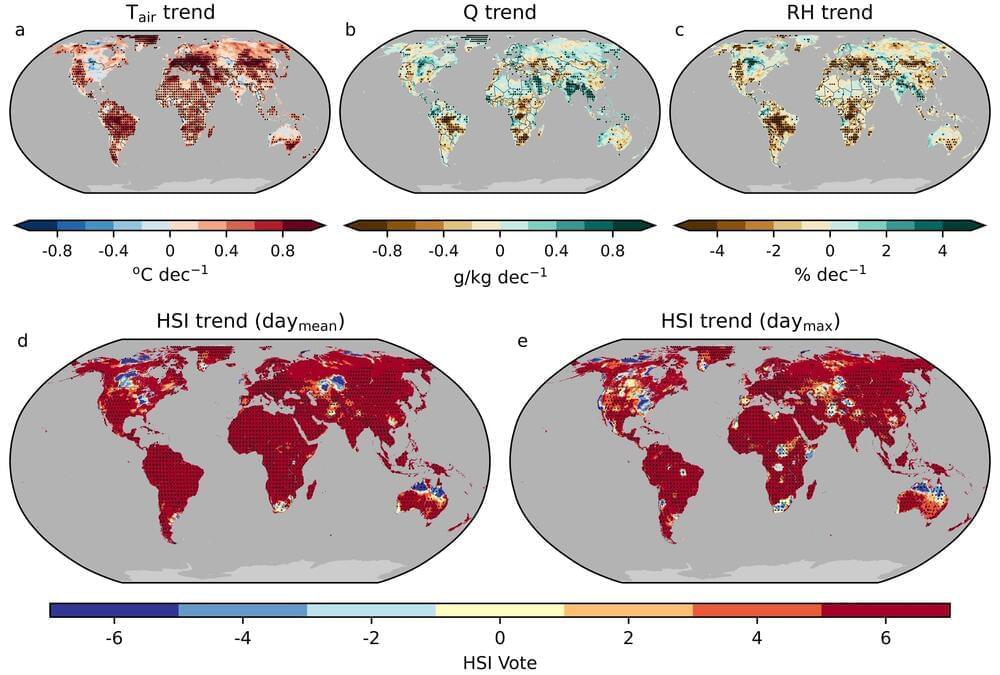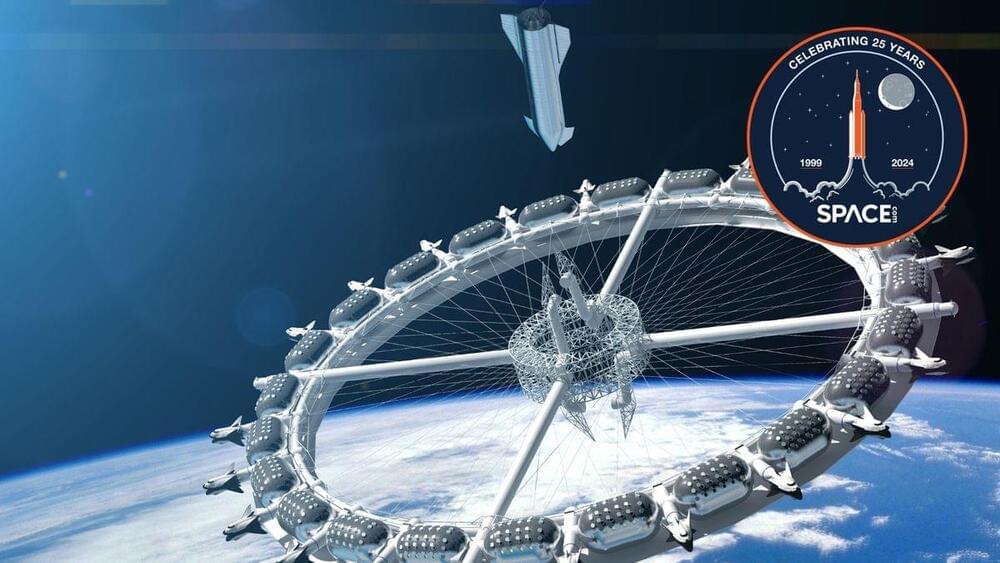For more than 20 years, quantum researchers have wondered whether a quantum system can have maximum entanglement in the presence of noise. A mathematician from Spain recently answered the question: No.
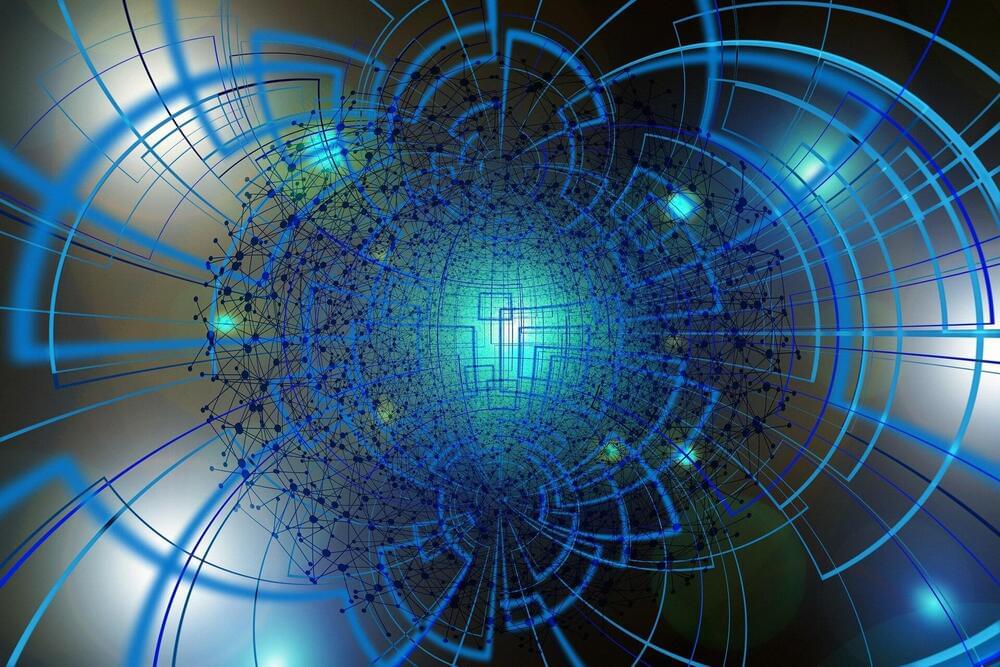

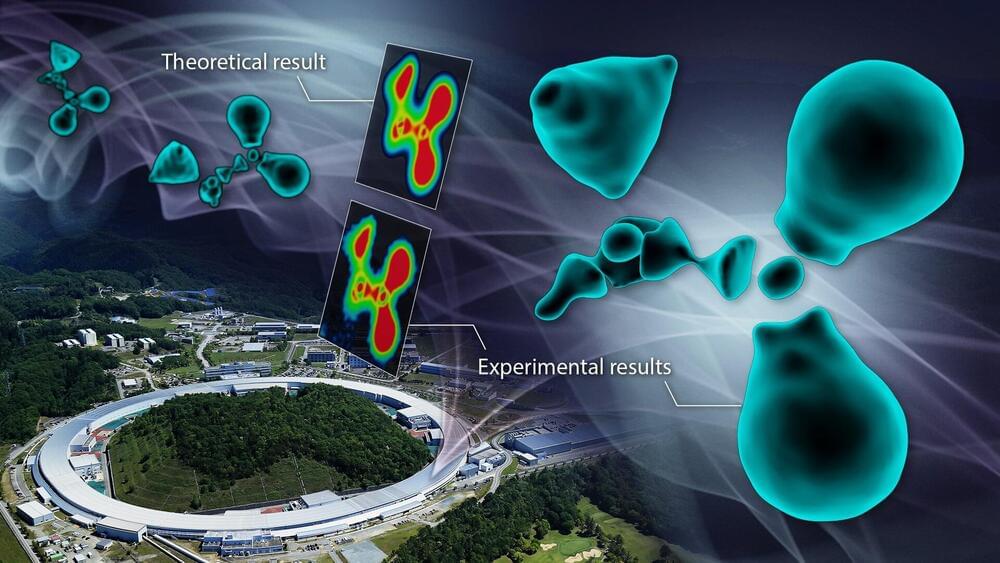
The distribution of outermost shell electrons, known as valence electrons, of organic molecules was experimentally observed for the first time by a team led by Nagoya University in Japan. As the interactions between atoms are governed by the valence electrons, their findings shine light on the fundamental nature of chemical bonds, with implications for pharmacy and chemical engineering. The results were published in the Journal of the American Chemical Society.
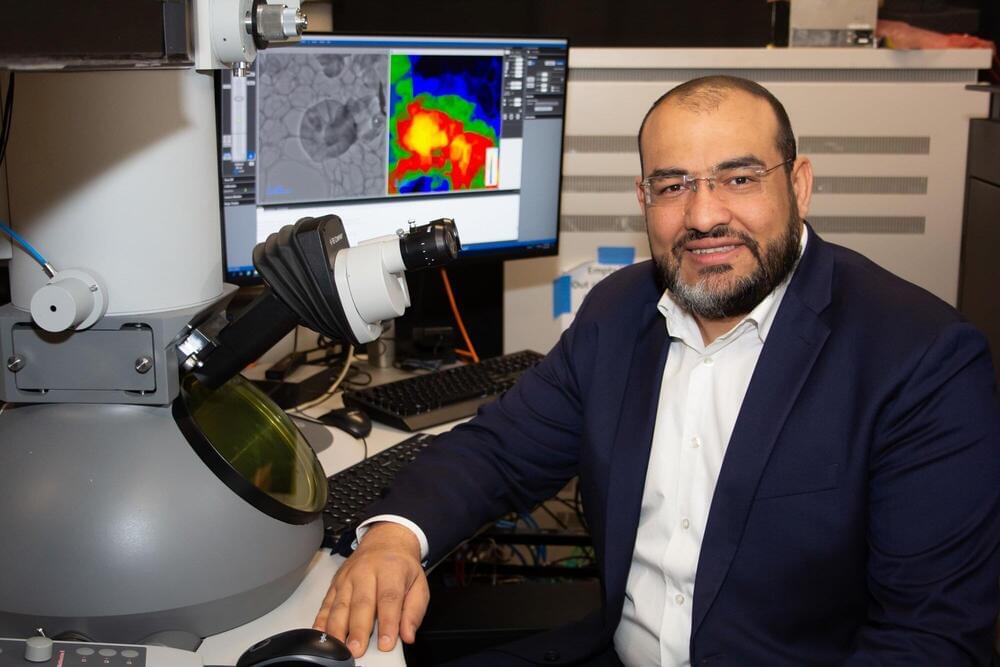
Imagine owning a camera so powerful it can take freeze-frame photographs of a moving electron—an object traveling so fast it could circle the Earth many times in a matter of a second. Researchers at the University of Arizona have developed the world’s fastest electron microscope that can do just that.
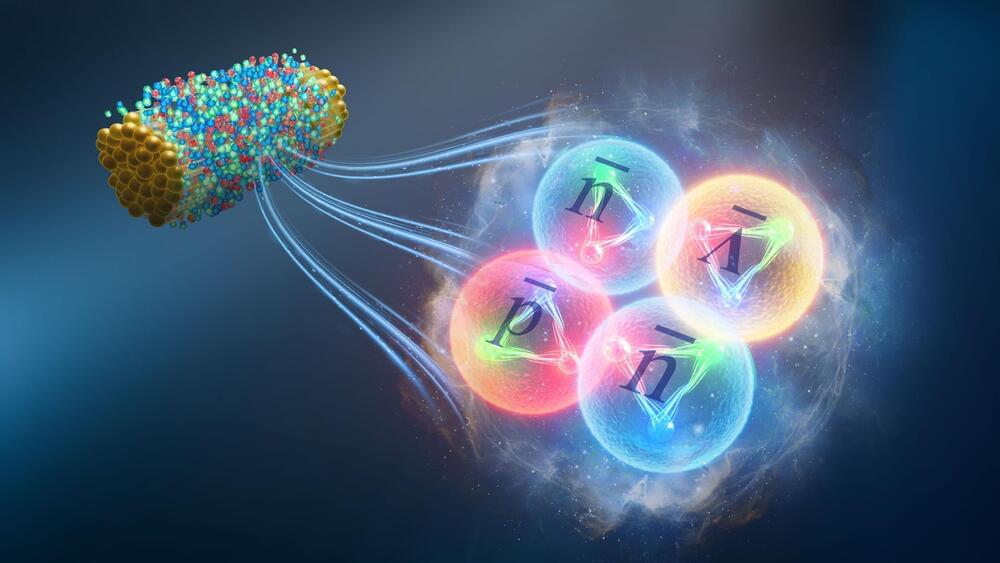
Scientists studying the tracks of particles streaming from six billion collisions of atomic nuclei at the Relativistic Heavy Ion Collider (RHIC)—an “atom smasher” that recreates the conditions of the early universe—have discovered a new kind of antimatter nucleus, the heaviest ever detected. Composed of four antimatter particles—an antiproton, two antineutrons, and one antihyperon—these exotic antinuclei are known as antihyperhydrogen-4.

The researchers originally thought the lithium would be best housed in a “metal box” with an opening at the top. The plasma would flow into the gap so the lithium could dissipate the heat of the plasma before reaching the metal walls. Now, the researchers say a cave—geometrically just the inner half of a box—full of lithium vapor would be simpler than a box. The difference is more than just semantics: It impacts where the lithium travels and how effectively it dissipates heat.
“For years, we thought we needed a full, four-sided box, but now we know we can make something much simpler,” said Emdee. Data from new simulations pointed them in a different direction when the research team realized they could contain the lithium just as well if they cut their box in half. “Now we call it the cave,” Emdee said.
In the cave configuration, the device would have walls on the top, bottom and side closest to the center of the tokamak. This optimizes the path for the evaporating lithium, setting it on a better course for capturing the most heat from the private flux region while minimizing the complexity of the device.
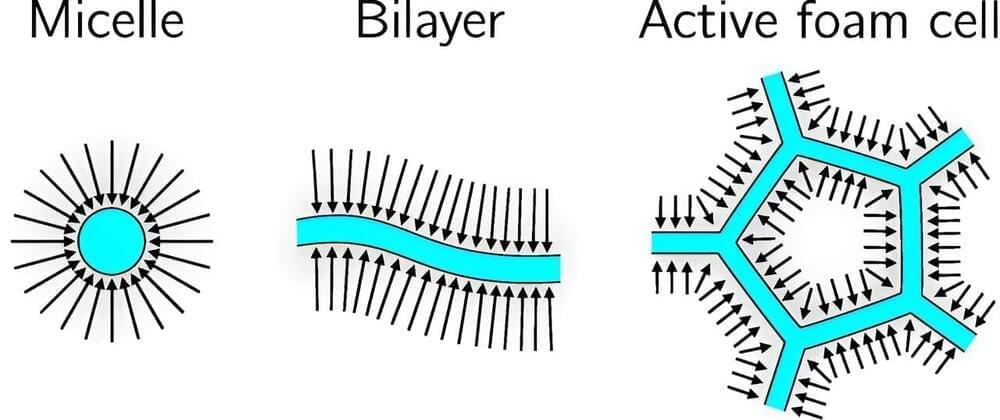
Many fundamental processes of life, and their synthetic counterparts in nanotechnology, are based on the autonomous assembly of individual particles into complex patterns. LMU physicist Professor Erwin Frey, Chair of Statistical and Biological Physics at LMU Munich and member of the ORIGINS Excellence Cluster, investigates the fundamental principles of this self-organization.
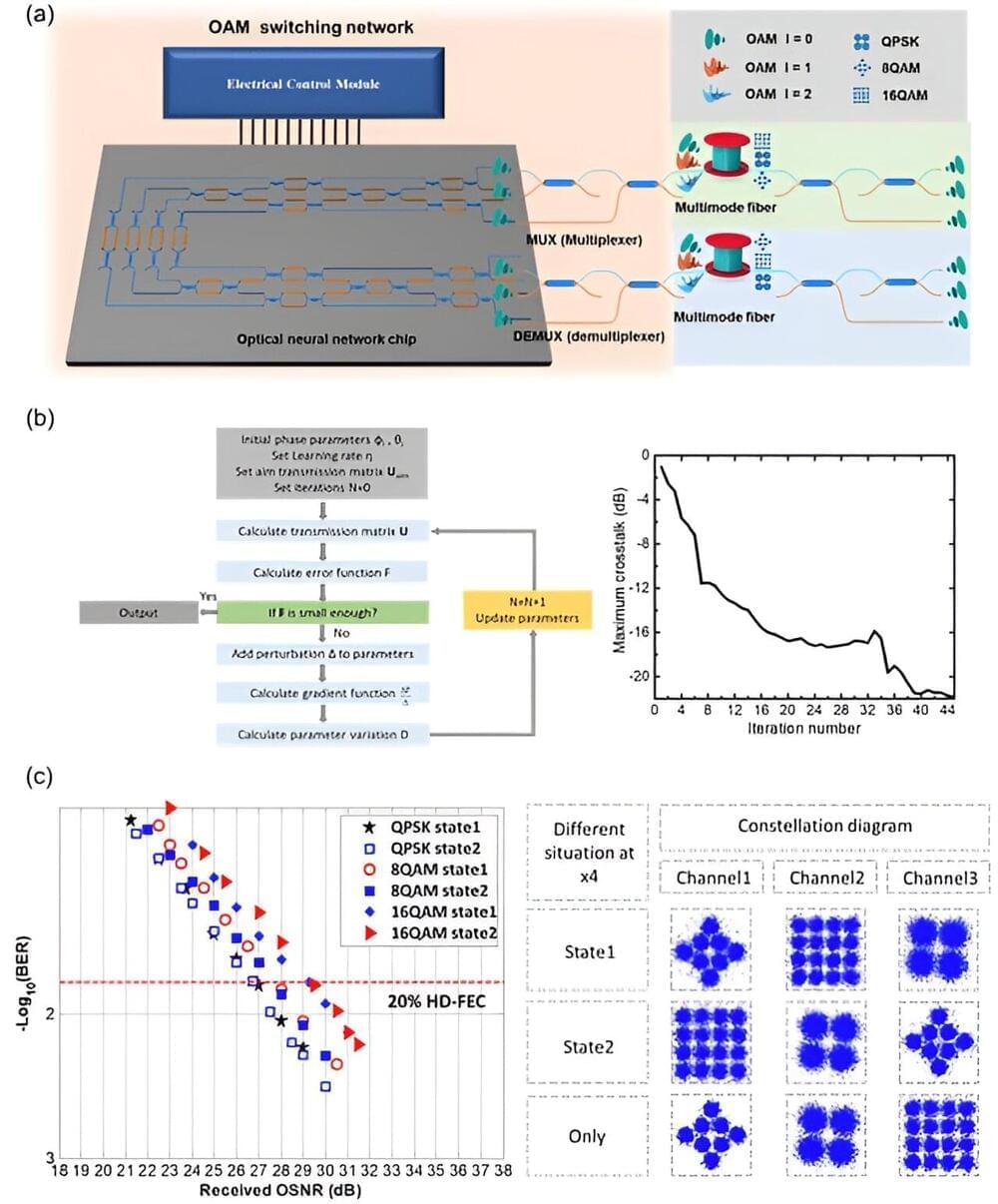
The rapid development of technologies such as the internet, mobile communications, and artificial intelligence has dramatically increased the demand for high-capacity communication systems. Among various solutions, mode-division multiplexing (MDM) has emerged as a crucial technique, utilizing spatial modes like orbital angular momentum (OAM) to enhance communication capacity.
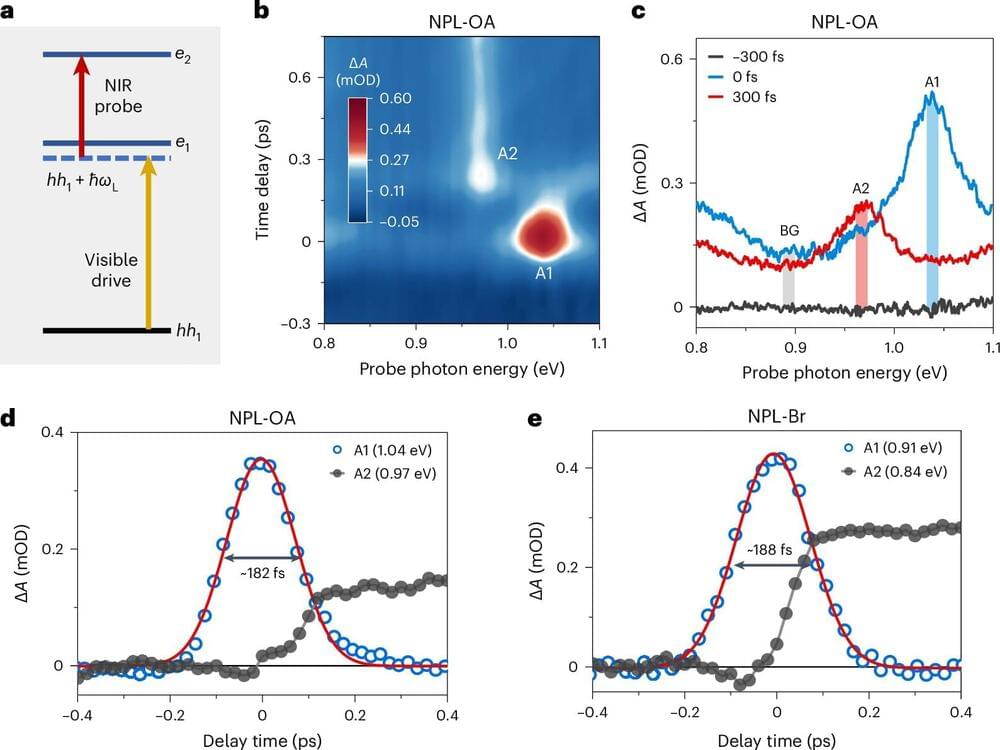
Solution-processed semiconductor nanocrystals are also called colloidal quantum dots (QDs). While the concept of size-dependent quantum effects had long been known to physicists, a sculpture of the theory into real nanodimensional objects remained impossible till the discovery of QDs. The size-dependent colors of QDs are essentially naked-eye, ambient-condition visualizations of the quantum size effect.
